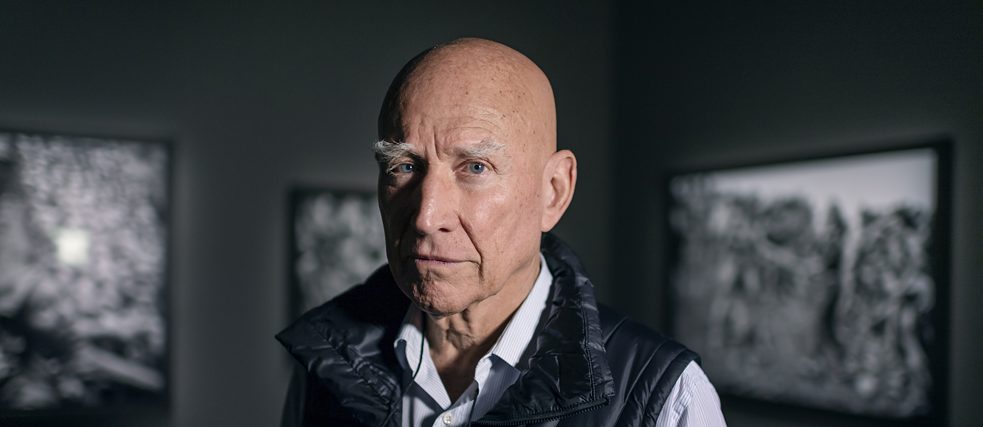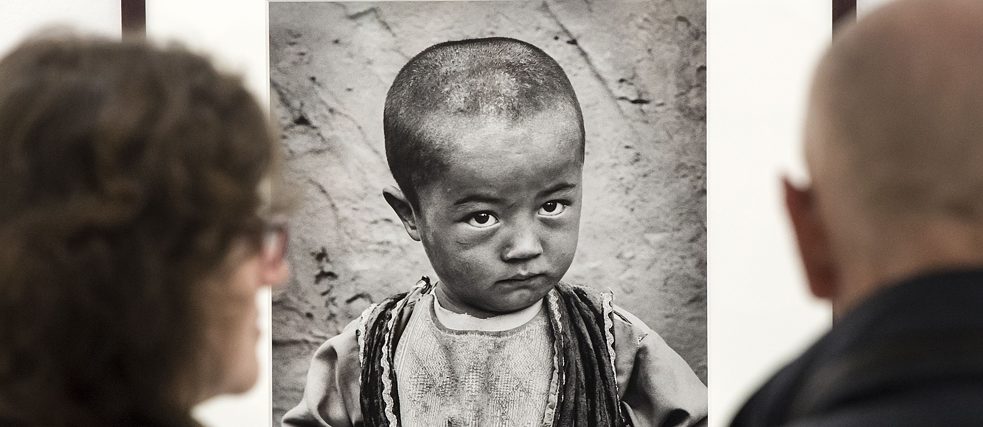Sebastião Salgado
For services to humankind

This year’s Peace Prize of the German Book Trade goes to the Brazilian photographer Sebastião Salgado. An artist who makes human suffering the theme of his photographs – and who believes he has a duty to protect the environment.
Von Eva Fritsch
After last year’s award was won by the researchers Aleida and Jan Assmann, Sebastião Salgado is the first photographer ever to receive this prize, which is endowed with 25,000 euros. And yet this honour pays tribute not only to Salgado’s work as a photographer, nor only to the aesthetic quality of his images, which he always produces in black and white. For the Brazilian is also an environmental activist: through his work, he draws attention to environmental tragedies around the world, as well as to the beauty of nature, as can be seen in his 2013 volume of photographs entitled Genesis.
First and foremost, Salgado portrays people in crisis regions, refugees and those in transition. The photographer has worked on aid projects such as for Doctors Without Borders, has documented the famine in Africa and had 2.5 million trees planted on his family’s farmland in Brazil with a view to reviving the deforested countryside.
An artist and activist
Amid all the climate strikes and Fridays For Future movement, it is only logical for an artist like Salgado to be honoured with the prize; an artist “whose photographs demand peace and social justice and lend a sense of urgency to the global debate surrounding nature conservation and climate protection.”The jury’s reasoning is based above all on Salgado’s commitment to humankind that he pursues through his work: “In his photographic oeuvre, which has been showcased in innumerable exhibitions and books, he focuses on individuals violently uprooted by war and climate catastrophe, as well as on communities strongly rooted in their traditional natural environments. As a result, Sebastião Salgado has succeeded in raising worldwide awareness of the fate of labourers and migrants and of the living conditions of indigenous peoples.”
Fleeing from military dictatorship
Salgado knows only too well what it means to flee: he and his wife, the pianist Lélia Deluiz Wanick, themselves fled from the military dictatorship in Brazil in 1969. They found a new home for themselves in Paris, where Salgado, an economics graduate, worked on his dissertation. It was only later that he turned to photography. In London he worked for the International Coffee Organization (ICO). This involved trips to Africa, where he took photographs. In 1973, at the age of 29, he returned to Paris and began a career as a professional photographer. Among his clients were major companies such as Magnum Photos. Together with his wife, he established Amazonas Images in 1994, an agency that published only works by Salgado himself.The laudatory speech at the Church of St. Paul in Frankfurt will be given by the director Wim Wenders, who in 2014 made a documentary film with Salgado’s son Juliano Ribeiro about the latter’s father. The Salt of the Earth explores the life and work of the photographer.
In view of his activism and his works, which always have a message to convey, it can be regarded as a deeply political statement that Salgado should now be awarded this year’s Peace Prize of the German Book Trade: an appeal to protect people and nature in all their beauty.
